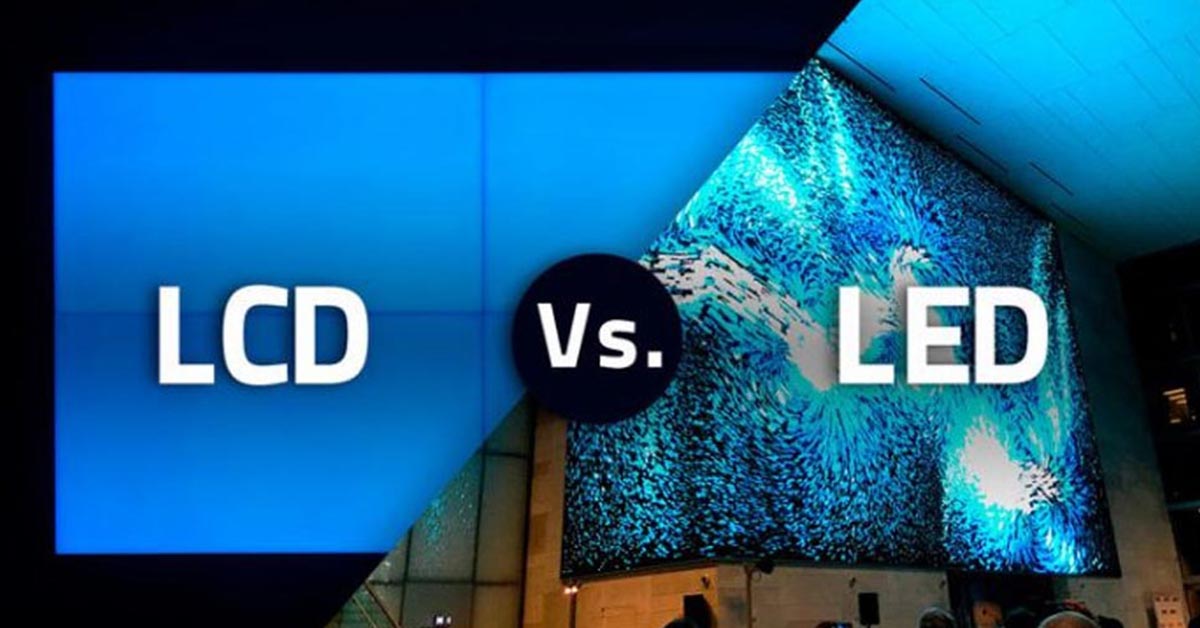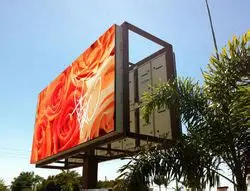

Out-of-Home (OOH) advertising is more than just giant billboards along the freeway or posters at bus stops—it’s an entire media ecosystem with layers of buyers, planners, intermediaries, and evolving digital infrastructure. If you’re heading into a job interview in OOH, understanding the full buying and selling pipeline is critical.
There are two main groups:
Example goals:
| Role | Responsibility |
|---|---|
| Media Planner | Defines goals, selects locations/formats |
| Media Buyer | Negotiates and executes the campaign |
| OOH Account Exec | Represents vendor (Lamar, Clear Channel) |
| Creative Strategist | Develops billboard messaging & visuals |
| Programmatic Buyer | Runs DSP campaigns for digital screens |
“OOH works best when layered with other channels. Digital alone? Meh. Billboard + paid search? Gold.” — eastcoasternj
“Get creative with dayparting. Serve coffee ads in the morning, wine ads after 5PM. It’s possible with digital.” — ATXpirate72
“If you’re selling OOH, forget the national agencies. Go local: lawyers, schools, car dealerships. That’s your bread and butter.” — conman10102
OOH may seem like an old-school format, but it’s evolving fast—and still delivering serious results, especially for brand awareness. Whether you’re planning a campaign or heading into that interview, remember: it’s all about matching the right message to the right place at the right time.
And yes, someone really does get paid to choose which bus stop your ad shows up on.